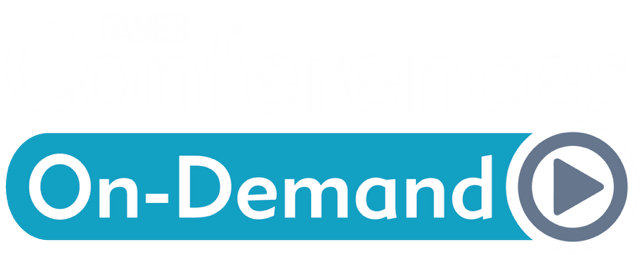All transcripts were created with artificial intelligence software and modified with manual review by a third party. Although we make every effort to ensure accuracy with the manual review, some may contain computer-generated mistranslations resulting in inaccurate or nonsensical word combinations, or unintentional language. FASEB and the presenting speakers did not review the transcripts and are not responsible and will not be held liable for damages, financial or otherwise, that occur as a result of transcript inaccuracies.
Therapeutic Targeting of ACLY in T-ALL in Vivo
Victoria da Silva-Diz1, Amartya Singh1,2, Olga Lancho1, Maya Aleksandrova1, Komal Mandleywala1, Oekyung Kim1, Patricia Renck Nunes1, Jesminara Khatun1, Hayley Affronti3, Eric Chiles1, Xiaoyang Su1,4, Hossein Khiabanian1,2,5, Kathryn E. Wellen3, and Daniel Herranz1,6,7
1
Rutgers Cancer Institute of New Jersey, Rutgers University, NJ, USA.2Center for Systems and Computational Biology, Rutgers Cancer Institute of New Jersey, Rutgers University, NJ, USA.
3Department of Cancer Biology, University of Pennsylvania Perelman School of Medicine, PA, USA.
4Department of Medicine, Rutgers Robert Wood Johnson Medical School, Rutgers University, NJ, USA.
5Department of Pathology and Laboratory Medicine, Rutgers Robert Wood Johnson Medical School, Rutgers University, NJ, USA.
6Department of Pharmacology, Rutgers Robert Wood Johnson Medical School, Rutgers University, NJ, USA.
7Department of Pediatrics, Rutgers Robert Wood Johnson Medical School, Rutgers University, NJ, USA.
Background: T-cell acute lymphoblastic leukemia (T-ALL) is an aggressive hematologic malignancy. While
intensive chemotherapy regimens have improved remission rates in newly T-ALL patients, treatment-associated
long-term morbidities persist. Additionally, still 20-25% of pediatric cases relapse and the prognosis of these
refractory T-ALLs remains extremely poor, as there are no effective therapeutic options at this stage. Thus, new
and safer effective approaches are urgently needed. Cancer-specific metabolic rewiring has emerged as one of
the critical hallmarks of cancer. Indeed, metabolic interventions have been used in the clinic to treat hematologic
malignancies for decades. Remarkably, we have also demonstrated that glutaminolysis, serine catabolism or
mitochondrial respiration are critical pathways that support T-ALL cell growth, highlighting the value of further
exploring metabolic vulnerabilities in leukemia. Thus, since NOTCH1 activating mutations occur in over 60% of
patients, and we previously demonstrated that the metabolic effects of NOTCH1 inhibition are also critical for its
therapeutic effects, we hypothesized that thorough analyses of the metabolic enzymes being downregulated
upon NOTCH1 inhibition might yield novel therapeutic targets for T-ALL treatment.
Aims: In this study, we dissect the role of ATP-citrate lyase (ACLY) in leukemia progression and the response
to NOTCH1 inhibition. Methods: Here, we used a comprehensive approach combining mouse models with transcriptional and
metabolomic analyses in T-ALL in vivo.
Results: Our results show that ACLY is overexpressed in T-ALL pediatric patients as compared to normal T-cell
subsets, and its expression correlates with NOTCH1 activity. To test the effects of ACLY in leukemia progression,
we developed an isogenic model of NOTCH1-induced Acly conditional knockout leukemia. Importantly, we
observed intrinsic antileukemic effects upon loss of ACLY, which further synergized with NOTCH1 inhibition in vivo. Gene expression profiling analyses showed that the transcriptional signature of ACLY loss correlates with
the signature of NOTCH1 inhibition in vivo, with significantly downregulated pathways related to oxidative
phosphorylation, electron transport chain, ribosomal biogenesis and nucleosome biology. Consistently,
metabolomic profiling upon ACLY loss revealed a metabolic crisis with accumulation of nucleotide intermediates
and reduced levels of several amino acids.
Conclusion: Our results identify a link between NOTCH1 and ACLY, unveil ACLY as a novel promising target
for T-ALL treatment and will hopefully spur additional efforts to develop clinical-grade ACLY inhibitors that can
be used in leukemia patients in the near future.
New Jersey Commission on Cancer Research supported the work of V.dD. (COCR22PDF002). V.dD. was also
supported by the New Jersey Pediatric Hematology and Oncology Research Center of Excellence (NJ PHORCE)
at the Rutgers Cancer Institute of New Jersey.
